Understanding the new text message filtering in iOS 26

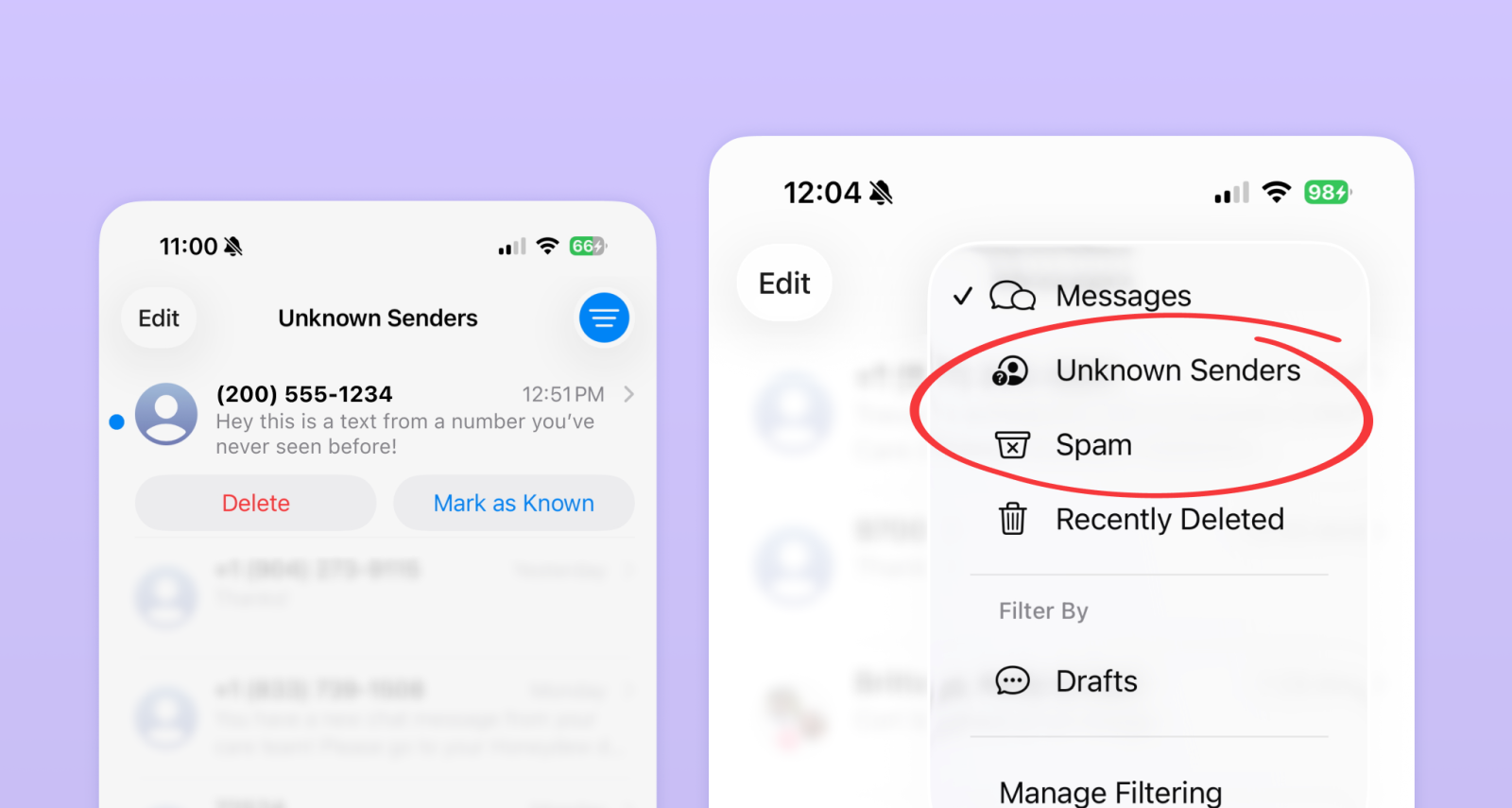
iOS 26 releases on September 15. This new version brings basic text message filtering to iPhones. To ensure your church's communication efforts are not negatively affected, we recommend following a few best practices.
But first, let's look at how this new filtering works.
How iPhone text message filtering works
In iOS 26, there are two new text message filters available. The first is a Spam filter which is enabled by default. The second is an Unknown Senders filter, which is not enabled by default. If enabled, text messages from unknown numbers will be displayed separately in an Unknown Senders category.
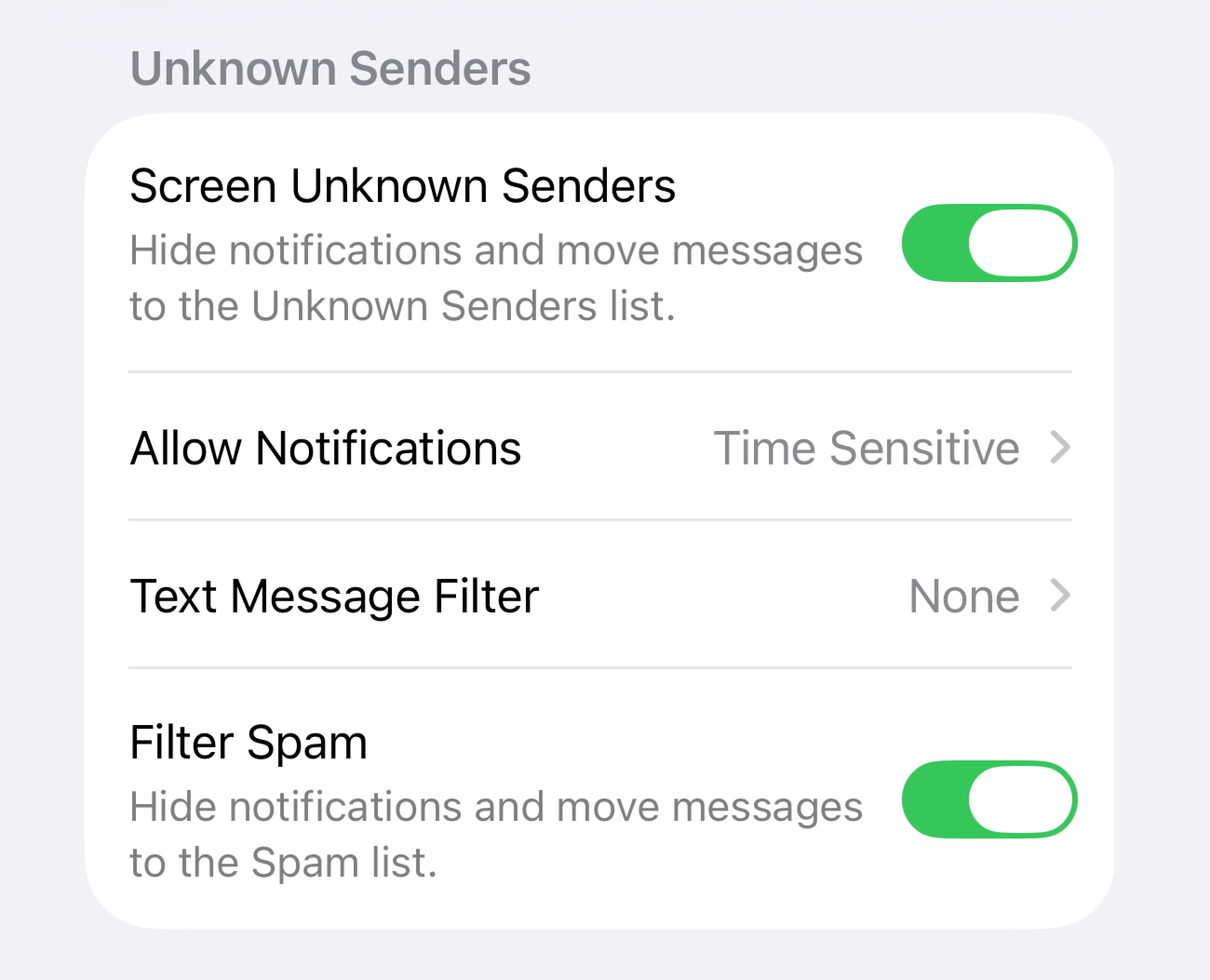

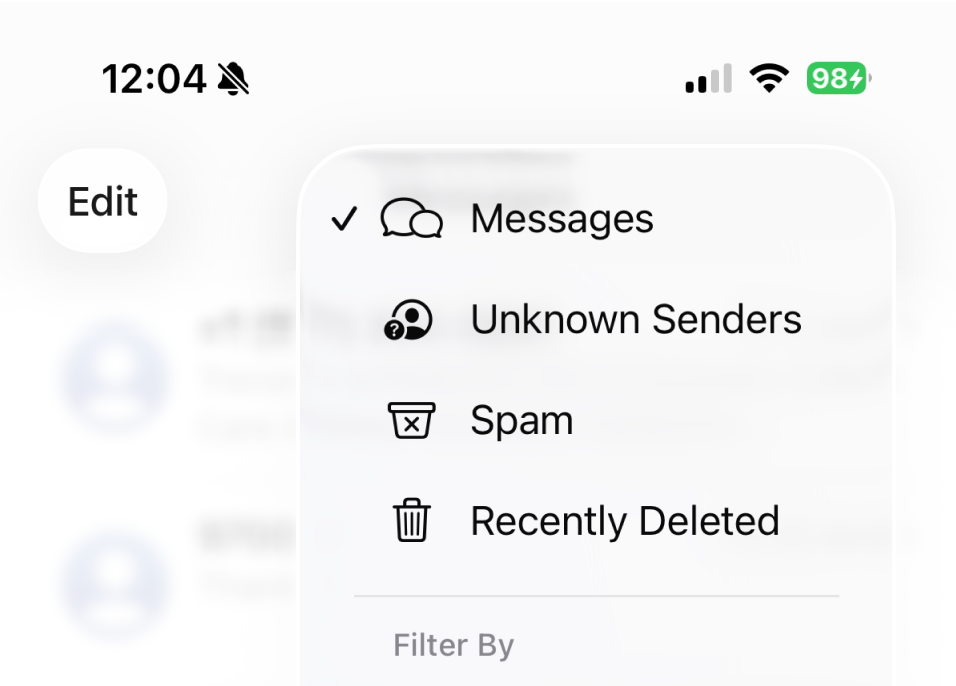

The new "Unknown Senders" category
If the Unknown Senders filter is enabled, texts from known numbers aren't affected. They trigger notifications, conversations show in the default view in the Messages app, and the badge count on the Messages app icon indicates unread messages.
However, texts from unknown numbers will be treated differently. They will not trigger notifications, conversations will only be accessible from behind a dropdown menu, and the badge count on the Messages app icon will not be updated. In fact, the only indication of a new text from an unknown number will be a count on a dropdown menu inside the Messages app.


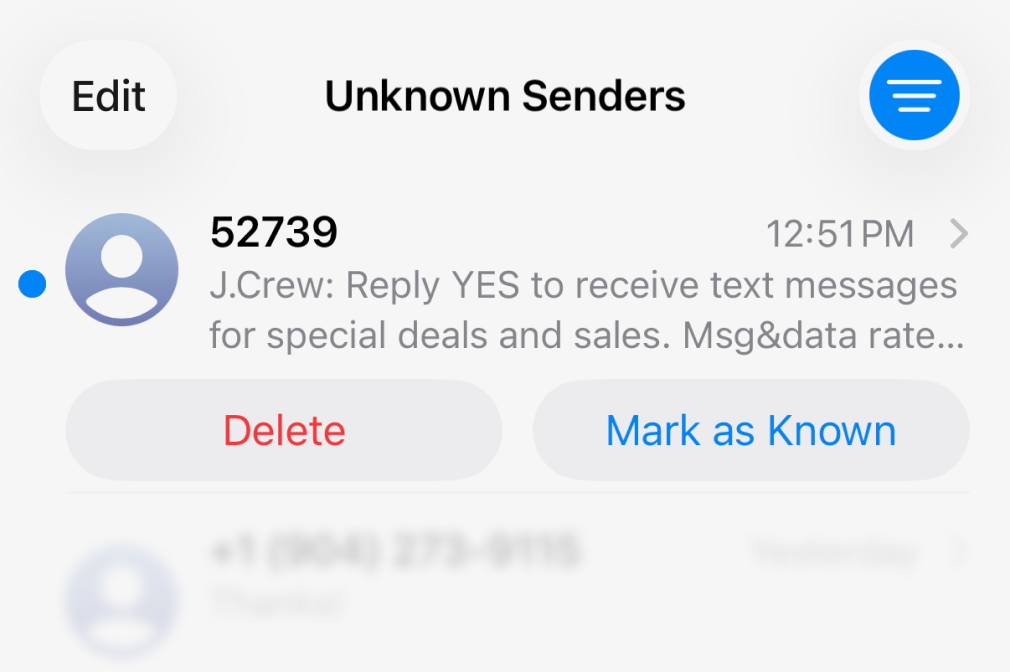

In essence, text messages from unknown numbers are heavily deprioritized over texts from known numbers.
Note: Apple has recently added some additional options to allow notifications for specific types of texts from unknown senders, such as time-sensitive updates, order updates, and personal texts. As we learn more about how these exceptions work, we will make additional recommendations.
What exactly is an "Unknown Sender"?
There are three things that determine whether a text message will be treated as coming from a known sender or an unknown sender. If any of the following are true, the number is considered a known sender and will not be filtered:
The phone number is saved as a contact
There is some two-way texting (e.g., both incoming and outgoing texts)
The "Mark as Known" button in the conversation was pressed
If any of the above are true, it will be considered a known sender and not be filtered. Otherwise, it will be treated as an unknown sender and shown separately.
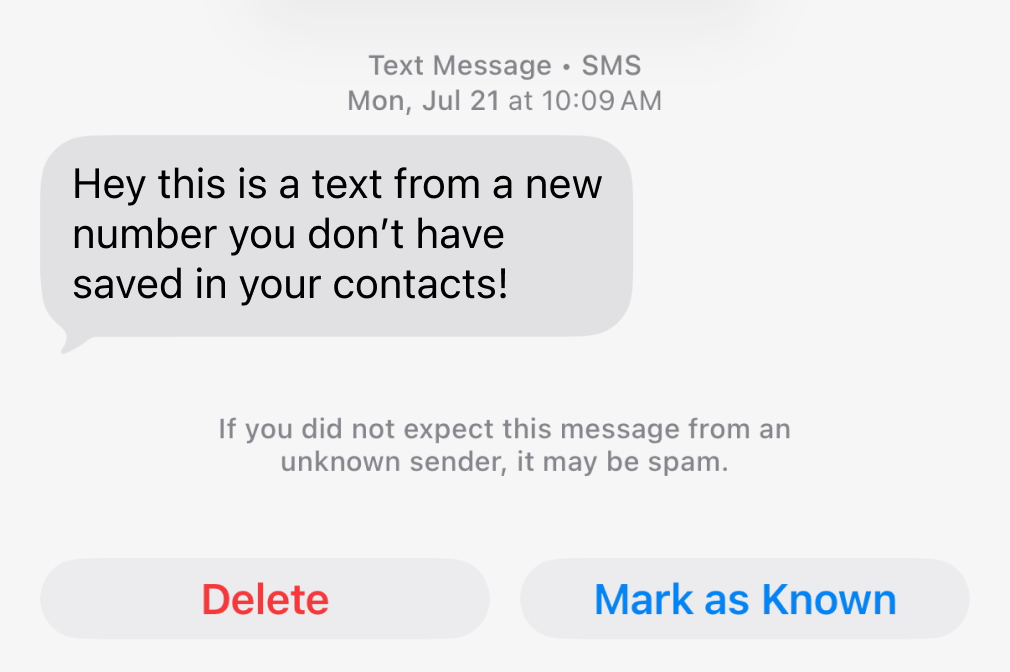

What about the Spam filter?
In our testing, only the most egregious and obviously fraudulent texts are categorized as spam. In most cases, your church shouldn't have to worry about this level of filtering.
How to avoid being treated as an Unknown Sender
The best way to ensure that your texts are read in a timely manner is to be treated as a known sender by iOS. Then, your texts will always trigger a notification and be prominently displayed in the default view in Messages, even if users have enabled the unknown senders filter.
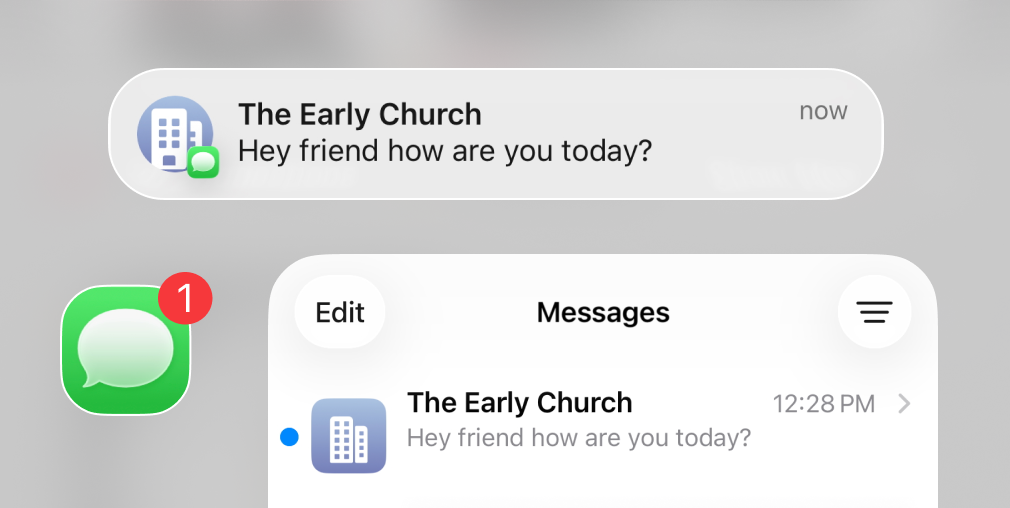

Below are a few simple things you can do now to ensure your texts are not filtered. We recommend taking these steps even before the new version of iOS is released.
Strategy #1: Send a vCard
The first and most basic thing to do is have your contacts save your number in their phone. Make it easy for them by sending a vCard either in a bulk message or as a part of a keyword workflow. You can easily create and attach your vCard in just a few clicks. You can even customize it with your church's logo.
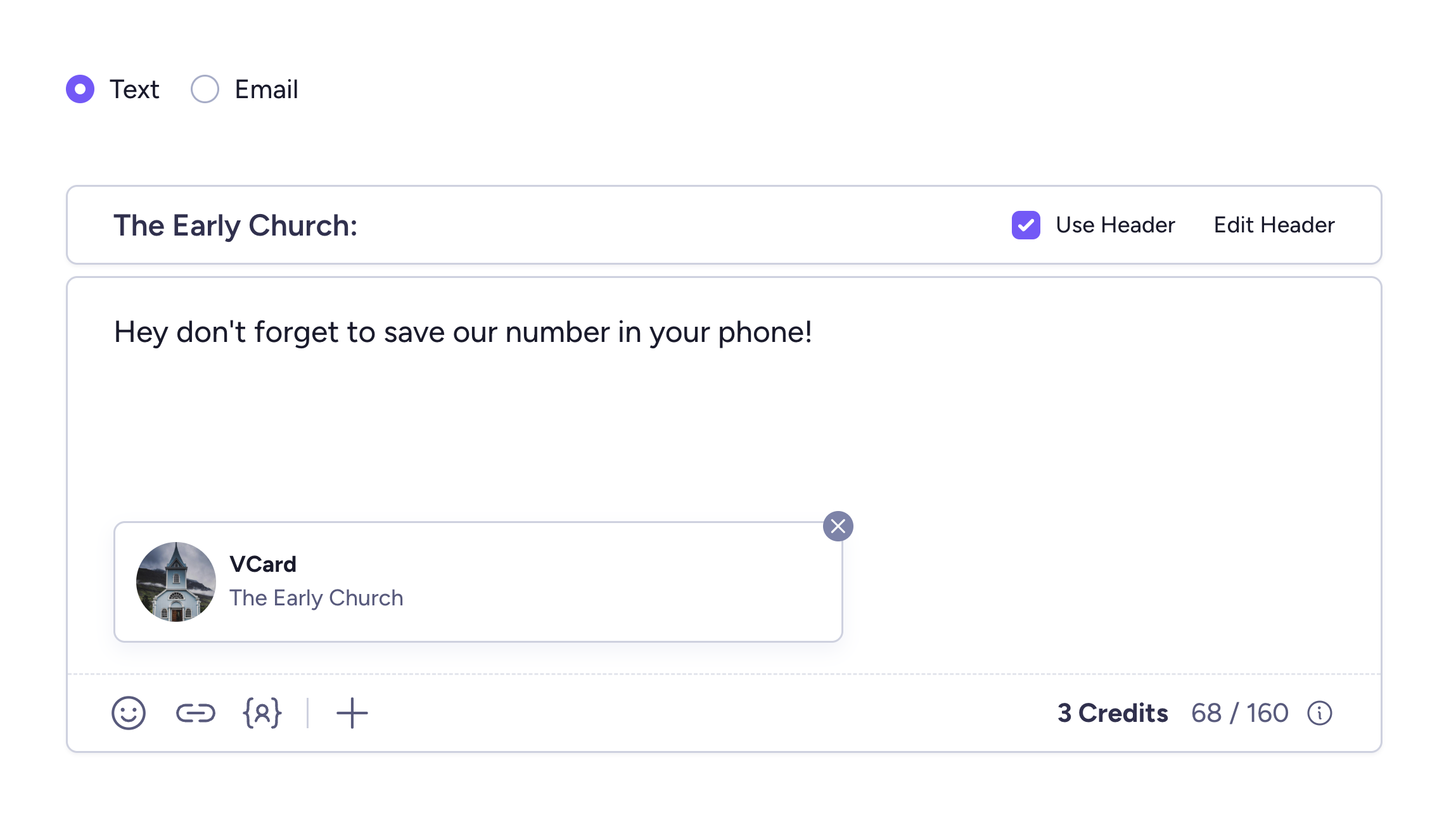

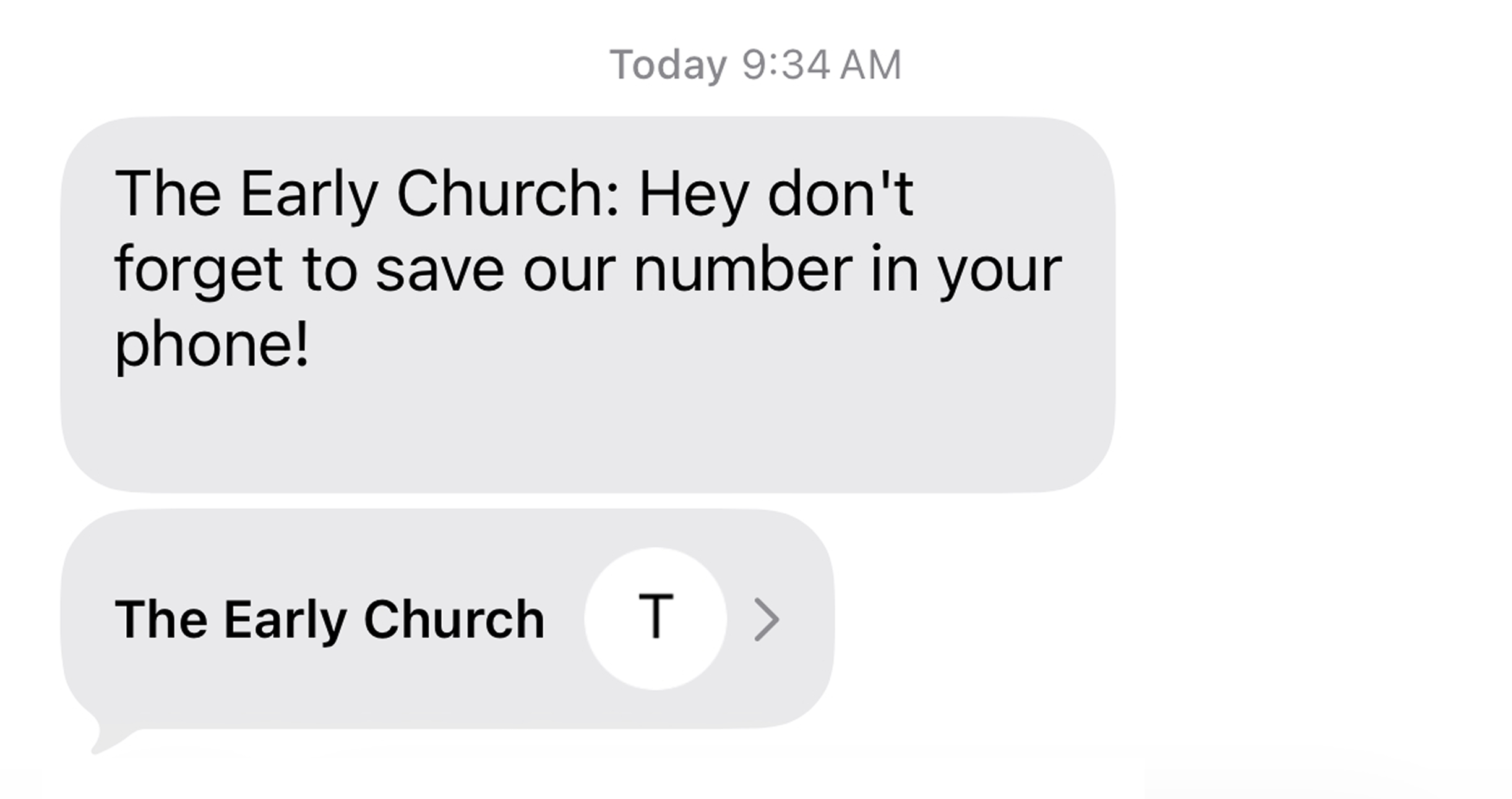

Strategy #2: Encourage two-way texting
Relying on people to save your number may not always work. However, there is another way to be treated as a known sender. If someone sends just a few incoming texts, your number will be treated as a known sender. We recommend using text-to-join keywords as much as possible and asking questions that encourage your members to reply to your texts.
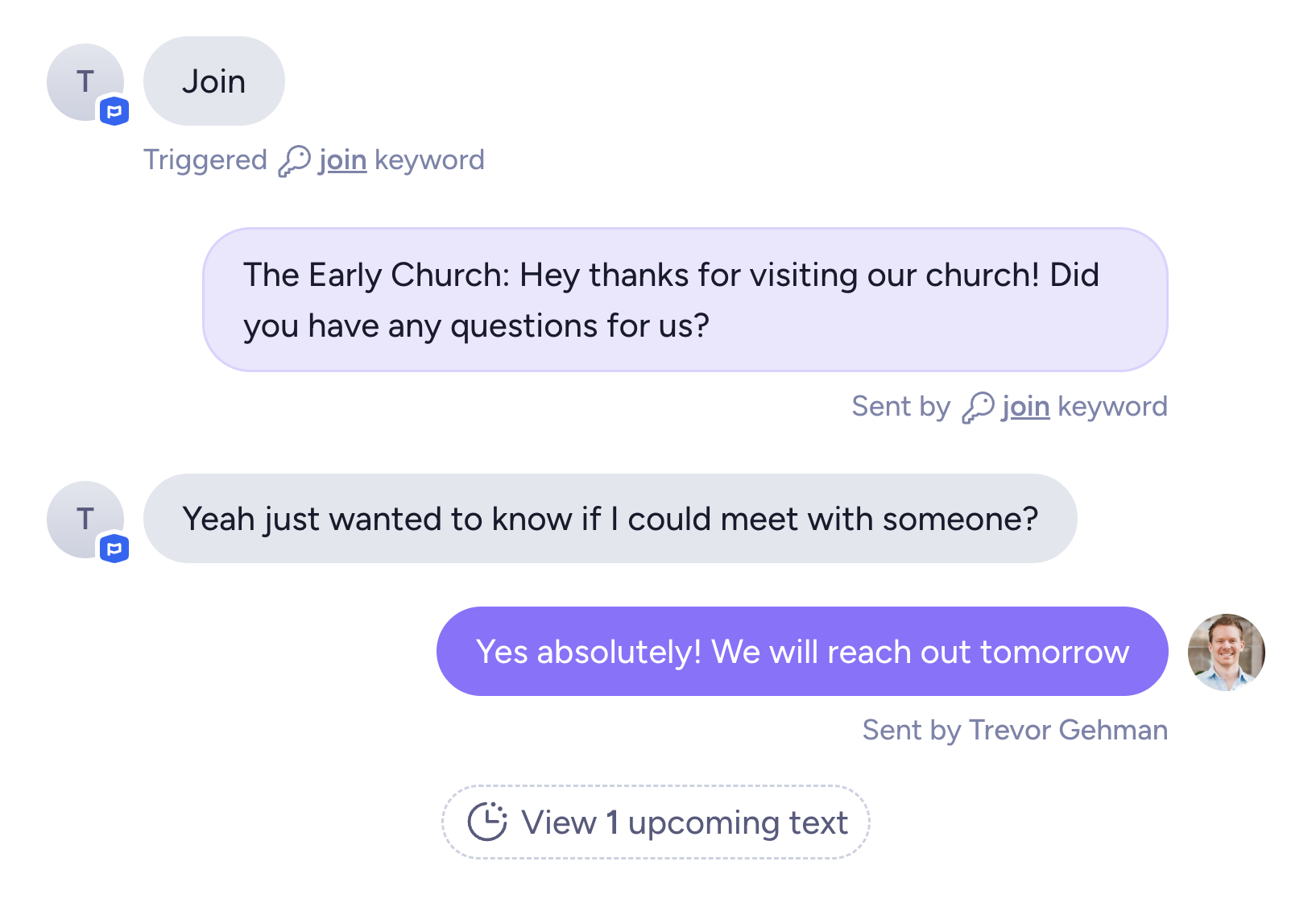

Additionally, we recommend asking your church to text in prayer requests. We've seen countless times how effective this can be in engaging your church. (Practicality aside, having an inbox full of prayer requests from your church is an eye-opening and humbling experience.)
Finally, be sure to monitor your inbox and respond to incoming texts. This way, people know they aren't just sending a message into the void, but there's an actual human on the other end. Our newly redesigned inbox and mobile app make this an intuitive and effortless experience.
Strategy #3: Don't switch phone numbers
A final strategy is to simply keep the same phone number for your church. Don't switch phone numbers if you can avoid it, since texting from a new number will always result in it being treated as an unknown sender. If you are using multiple numbers with subaccounts, we recommend asking people to opt in with text-to-join keywords.
Following these simple strategies should help mitigate any impact of the new text message filtering in iOS 26. If you have any questions, reach out to our support team.